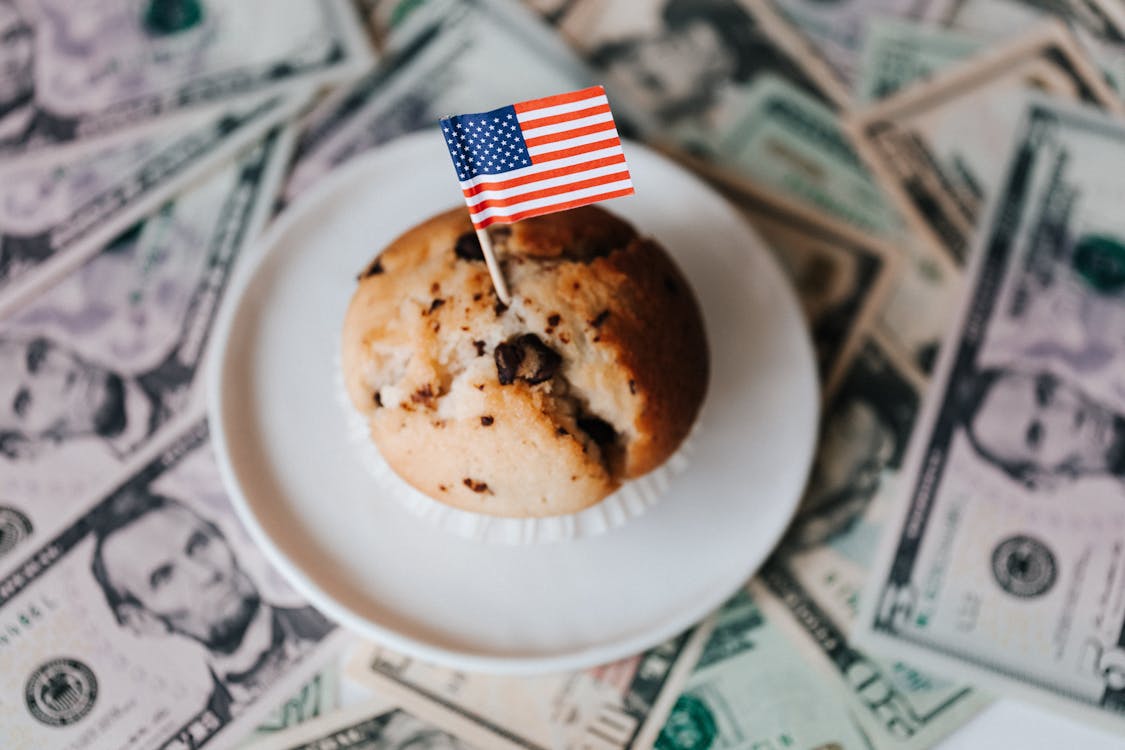Time To Assess The Damage From Rate Hikes

Image Source: Pexels
The Fed’s insistence that rates will remain ‘higher for longer’ is already setting off alarm bells. Long-term bond yields have spiked, quite suddenly, pushing investors to expect no rate relief. Jeff Gundlach warns the Fed’s insistence that no rate cuts are contemplated is now a major challenge, as the economy is already signaling that a slowdown is underway. Today, the benchmark Treasury 10-year notes hit 4.86% and the 30-year bonds surged to 5.0%, both the highest since 2007. Gundlach argues that if the 10-year yield goes above 5%, "and we're not that far off, that would be a sticker shock." To support his claim, the surges in Treasury yields continue to undermine major stock indexes on a daily basis. US stocks registered their first negative quarter of 2023, last month.

The rise in yields is creating paper losses for banks, insurers, pension funds and large fund managers that own trillions of dollars of both sovereign and corporate debt. According to the Financial Times, US banks’ paper losses are now close to $400bn, an historic high. Early warning signs of the damage done to the banks became apparent in March this year when Silicon Valley Bank collapsed as their capital was severely eroded from bond losses. Overall bank stock indexes have lost 10% in the past month, essentially wiping out billions from investor portfolios. Making matters worse has been those investors who removed bank deposits in favour of money market funds.
Life insurers are major bondholders which they employ to offset future liabilities such as pension requirements. Insurers are well positioned to withstand higher yields because of their matching capabilities and thus hold bonds until maturity. So far, they have not been net sellers. Nonetheless, insurers are worried that rate hikes will provoke clients to cash in long-term products for better rates elsewhere, forcing insurers to sell bonds to cover losses. Equally important, is the widening spread between U.S. corporate bonds and Treasuries. Steadily for nearly a month, high-grade bonds have commanded widening yields, reaching in excess of 450 bps, putting considerable pressure on corporations about to add or re-finance debt. Finally, governments, who took advantage of very low rates over the past decade, are now concerned that financing future deficits will be more expensive.
Put into perspective, the rise in long-term yields is near a tipping point that will result in a recession. The question of a “soft landing”, so-often touted by the central bankers seem less likely while there is upward pressure on bond yields. There is no escaping that message from the bond market.
Yields remain near their highest level in more than a decade, which risks tipping the global economy into a recession, some analysts said. “When yields move up so aggressively, that creates a potential tax on the economy which will deliver headwinds to economic growth,” said Jason Da Silva, senior research analyst at Arbuthnot Latham.
More By This Author:
If Global Monetary Tightening Is Over, What Lies Ahead?An Old-Fashion Credit Crunch Is In The Making As Money Supply Contracts
Canadian Banks Expecting A Worsening Economy



